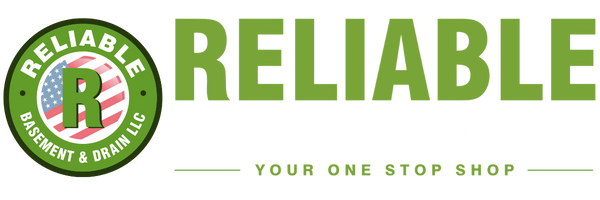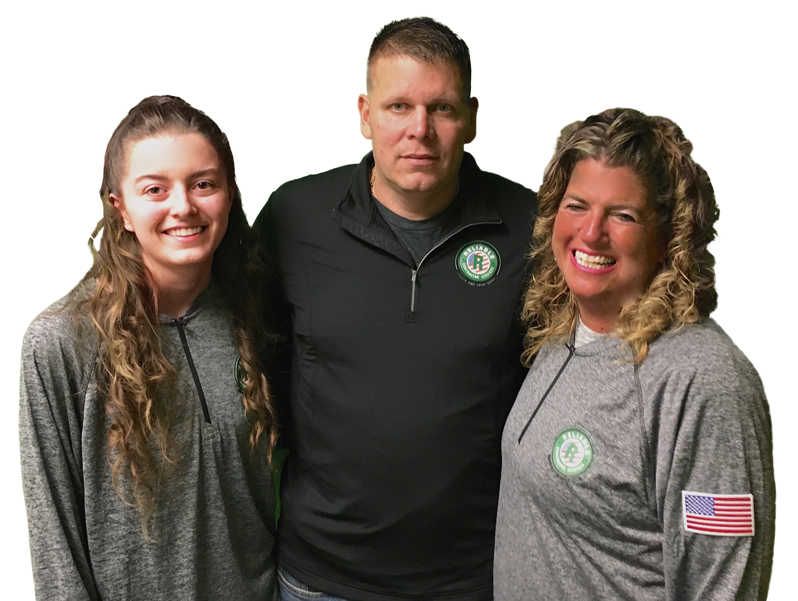Preparing Cleveland Basements for Winter Waterproofing
As the last leaves hit the ground and cold air settles in, it’s a good time to give your basement a closer look. Around Cleveland, the mix of freezing nights and snow-packed days makes basement leaks and flooding a bigger risk. If there’s even a little crack or gap, melting snow or groundwater can sneak in fast once winter gets serious. That’s why waterproofing in Cleveland, Ohio, isn’t just a rainy season topic—it matters even more as November rolls around.
Basements can feel out of sight and out of mind until something goes wrong. But the problems that show up during a Cleveland winter often got started weeks before, right when temperatures began to dip. Getting ready before the first big freeze gives you a better shot at keeping your basement dry, safe, and mess-free.
Why Cleveland Winters Are Tough on Basements
Winter in Northeast Ohio isn’t gentle. Snow builds up, the ground freezes solid, and the cold sticks around. All that frozen ground presses harder against your basement walls. And when things start to thaw during brief warm spells, water tries to find any way it can into your home.
That pressure from outside can cause hairline cracks to open up or small water pathways to form. They might not be obvious at first. But once snow starts to melt or rain comes before another freeze, those cracks let in moisture, slowly spreading without much warning.
Homes that have been around for a while tend to take the brunt of this. Older houses in Cleveland are more likely to have aging materials or systems that worked fine years ago but don’t hold up the same way today. Some of these homes were built long before modern waterproofing methods even existed. Over time, joints shift, seals wear out, and the walls can start to show signs of breaking down. What the eye can’t see, water often finds right away.
Warning Signs Homeowners Should Check Before the Weather Turns
You don’t need to wait for a full-on flood to know something’s off. Plenty of warning signs show up before serious damage happens. They just tend to start small, which makes them easy to miss if you’re not looking close.
Watch for damp spots on the floor, especially near the corners or edges of your basement. Those soft, wet patches often show up after a rain or a snowmelt. If you’ve got boxes or furniture sitting in those areas, you might not notice until something smells odd or starts to feel damp.
Another red flag is a musty odor that hangs around no matter how much you try to air things out. That smell usually comes from hidden moisture or early mold growth. You might also spot patches of peeling paint or whiteish sprays along the wall—that powdery look is called efflorescence. It’s a sign that water is creeping in and bringing minerals with it.
Lastly, check for puddles or pools after a storm. Water pooling at the low point of your basement floor or around small cracks is a signal that something’s letting water in. Small cracks around joints or in the floor might look harmless, but once winter hits, they can get worse quickly.
Reliable Basement and Drain sees efflorescence and peeling paint as early warning signs of hydrostatic pressure and possible water intrusion. They check for these during basement inspections and offer wall crack sealing and drainage improvements to address weak points before winter.
How Waterproofing Helps Protect Your Home
When we talk about basement waterproofing, it usually means creating a barrier between the inside of your house and the water outside trying to get in. That can be through sealing walls, fixing cracks, or improving drainage. But no matter the method, the goal is always the same—to help keep the space dry, even when the ground outside is soaked or frozen.
Waterproofing matters most in seasons with big shifts in weather like winter. When snow piles up and then melts suddenly, it can send a lot of water toward your home all at once. Without something in place to block or redirect it, that water can go straight into your basement, soaking everything in its path.
A dry basement doesn’t just feel better—it helps avoid long-term damage too. Nobody wants to open a storage bin in February only to find their summer gear or photo albums ruined. Mold can spread fast after a leak, especially when heaters start running and warm up cool, damp corners. Waterproofing cuts down on that risk. It also helps protect the foundation of your house, which takes a regular beating from Cleveland’s wet and freezing winters.
Reliable Basement and Drain installs sump pumps, battery backup systems, and complete interior or exterior drainage to keep Cleveland basements dry even during the most severe freeze-thaw cycles.
Why Fall Is the Best Time to Get Ahead of Basement Problems
With winter weather just a few weeks away, now is often the easiest time to handle basement concerns. The ground hasn’t frozen yet, so if any outdoor fixes are needed, it’s a lot simpler to do that before everything turns hard and icy. Once winter hits full swing, digging around foundations or improving outside drainage becomes nearly impossible.
Catching basement troubles in fall means you’re less likely to face emergency repairs in the middle of a storm or freeze. If water shows up after the first big snowmelt in January, you’re already in crunch time. And fixing things during freezing temps isn’t just harder, it could involve extra steps that wouldn’t be needed earlier in the season.
Fall is also a more flexible time for indoor work. The holidays haven’t kicked in yet, and some folks travel or host guests later in the year. If repairs or updates are needed, this stretch before Thanksgiving is a quieter moment to take action. That way, you don’t end up having to move furniture or storage bins in a panic when water starts dripping mid-winter.
Getting Ready Now Means Less Stress Later
We all know how fast winter moves in once the clocks change and the air feels sharp. Taking some time now to look over your basement—before snow, ice, and freezing rain take hold—can save a lot of stress down the line. Any small fix that’s handled in October or early November has a better chance of holding strong all winter long.
Being proactive about waterproofing in Cleveland gives you more control before the season starts working against you. Even if your basement looks dry today, checking in before the deep freeze lets you steer clear of surprises when snow starts to melt at your foundation’s edge.
Cold weather doesn’t have to bring basement trouble with it. A bit of early effort means you can step into the winter months knowing your space is ready—dry, quiet, and one less thing to worry about.
Is your Cleveland home ready for winter? Don’t let unexpected leaks dampen your holiday spirit. Now is the perfect time to ensure your basement is protected with reliable methods. Contact Reliable Basement and Drain for expert advice and solutions for basement waterproofing in Cleveland, OH, and step into the colder months with confidence.

